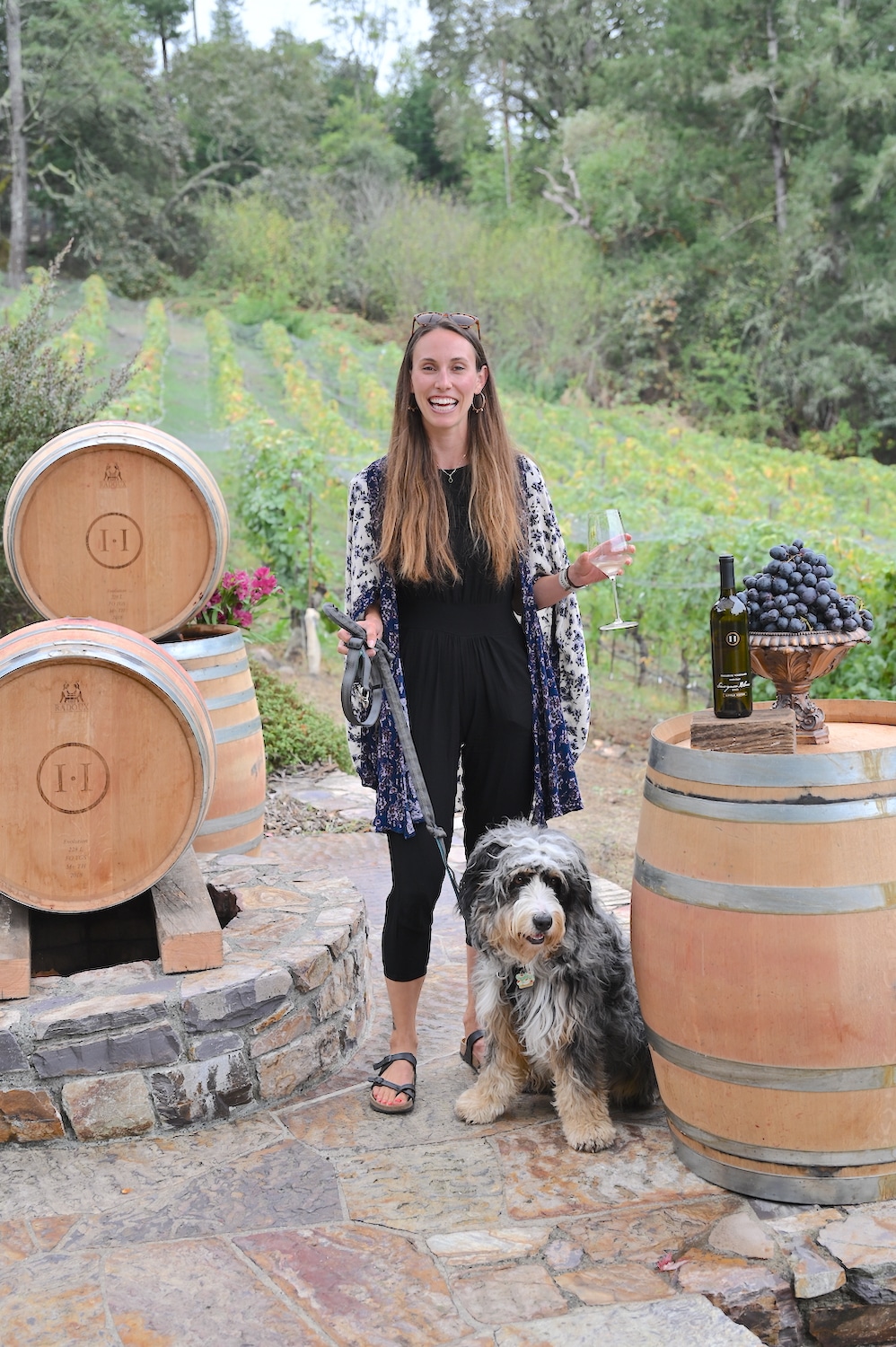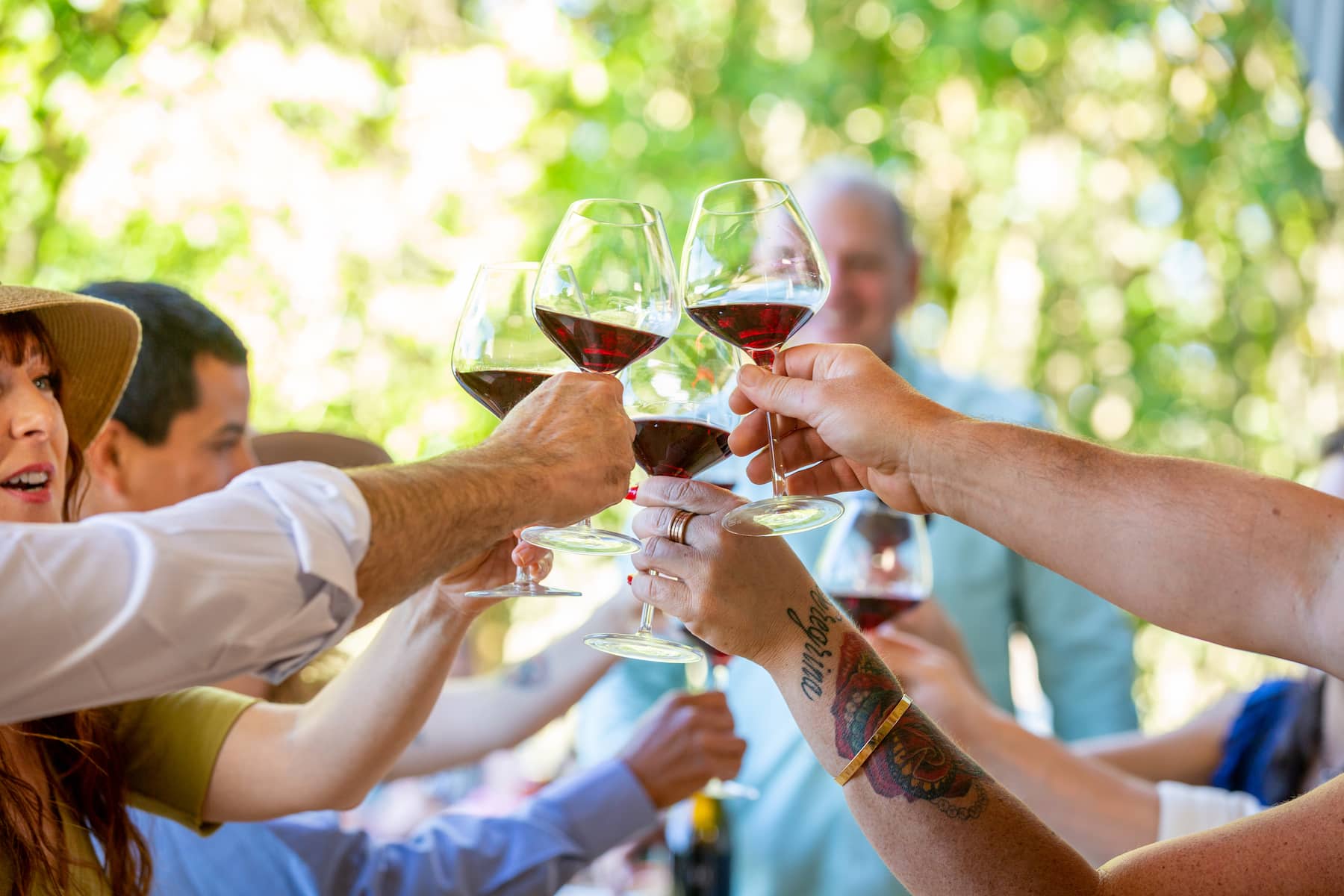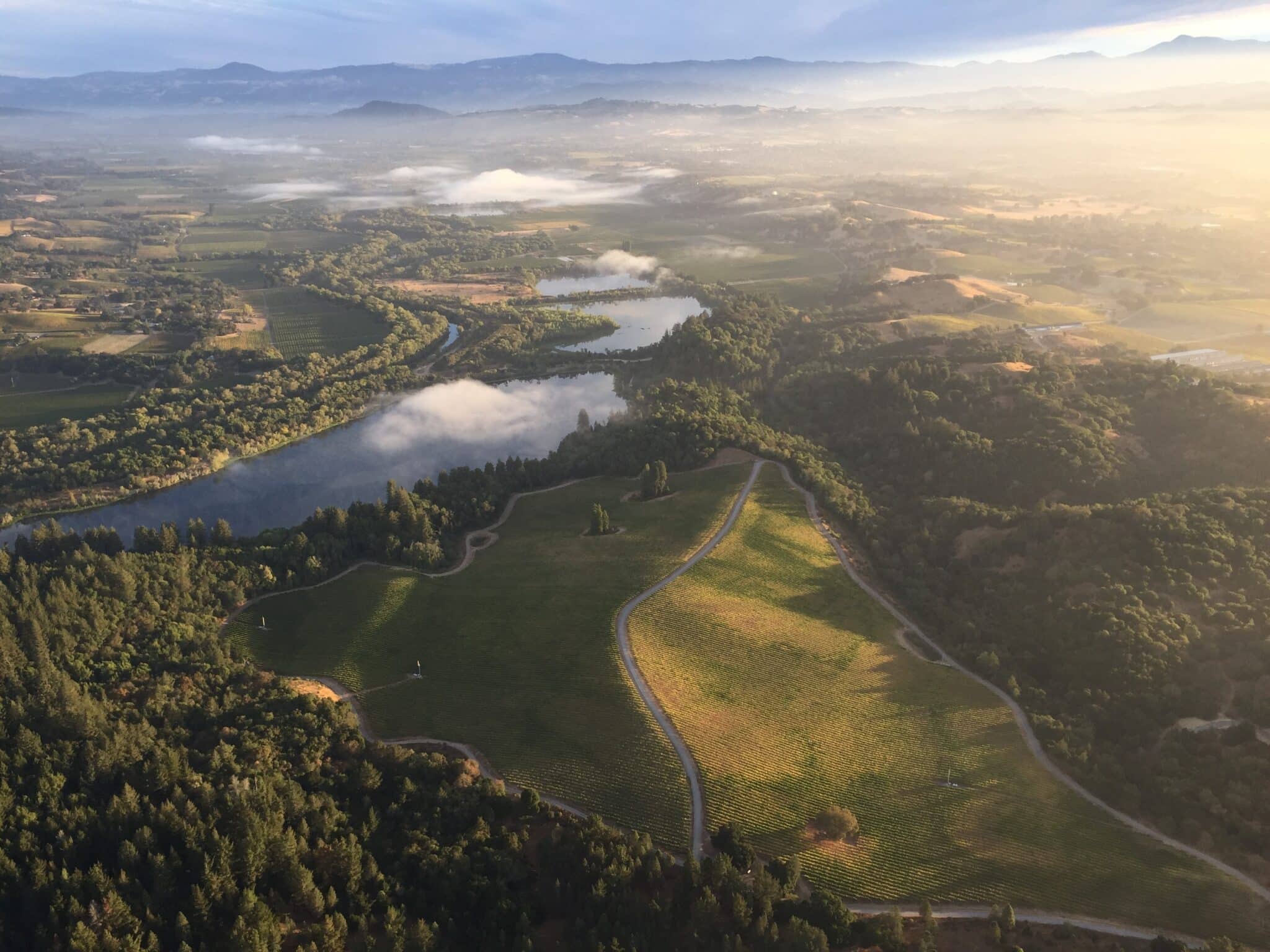Family Friendly Wineries With Outdoor Spaces - Sebastopol Wine Country
Quaint Wineries In Picturesque Settings In Sebastopol - Sebastopol Winery Experience
Wine tasting is an art that requires practice and an understanding of assorted aspects concerned in the course of. One essential factor of wine tasting is the event and interpretation of tasting notes, which serve as a guide for both novices and seasoned connoisseurs. A Guide To Understanding Winery Wine Tasting Notes can improve your wine-tasting experience, making it extra significant and pleasant.
Tasting notes are concise descriptions that seize the essence of a wine’s flavors, aromas, and overall character. Usually composed by professional tasters, winery tasting notes offer insights into the nuances of assorted wines. They might help wine enthusiasts perceive what to anticipate from a selected bottle. However, tasting notes can range widely in style and element based on the author's experience and palate.
Rustic Family-Owned Wineries In Sebastopol - Wineries To Explore In Sonoma Valley
When you first method a glass of wine, your senses will begin to have interaction immediately. The sight, smell, and taste of the wine will converge to give you an entire experience. Tasting notes usually start with the visual evaluation, the place the colour of the wine is taken into account. Shade plays a significant position in indicating the wine’s age, grape selection, and even its flavor profile.
After assessing the visual side, the subsequent step entails swirling the wine in the glass. This action aerates the wine, allowing its aromas to awaken. Smelling the wine provides critical perception into its complexity. The preliminary sniff can ship a flood of scents that may embrace fruity, floral, natural, or earthy notes. This is often the most subjective a part of tasting, as particular person experiences can dramatically differ.
In winery tasting notes, descriptors are sometimes categorized into major, secondary, and tertiary aromas. Primary aromas usually stem from the grape selection, secondary aromas derive from fermentation processes, and tertiary aromas arise from growing older. Understanding these classes can help you appreciate the depth of a wine, they usually additionally provide the vocabulary to specific your experience better.
Eco-Friendly Wineries In Sonoma County - Wineries With Outdoor Tastings In Sebastopol
Following the olfactory encounter, your focus will shift to the style of the wine. This is where the first characteristics—sweetness, acidity, tannins, alcohol—come into play. Tasting notes usually detail these flavors in multiple dimensions, including the preliminary attack in your palate to the lingering finish on your tongue. A high-quality wine will current a harmonious balance between these components.
While tasting, it's essential to contemplate the body of the wine, which could be described as light, medium, or full. The body contributes considerably to your overall impression, serving to you think about how the wine pairs with food or whether or not it stands alone as a sipping wine. Balancing the physique with the opposite characteristics will provide you with a fuller understanding of what the wine has to supply.
The end of the wine, additionally referred to as the aftertaste, is one other important facet often included in tasting notes. A long, pleasant finish often indicates the next quality wine, whereas a short or cloying aftertaste could recommend otherwise. Evaluating the end can offer additional insight into the wine's complexity and distinction.
Understanding the context of winery tasting notes is also valuable. Tasting notes can present contextual information about the winery's location, climate, and grape-growing practices. This context provides one other layer of appreciation for the wine, allowing enthusiasts to attach the sensory experience with its origins, thus enhancing the enjoyment further.
Small Batch Wineries In Sonoma Valley - Wineries In The Sebastopol Region
Many wineries present tasting notes on their websites or labels, typically written in an approachable yet informative style. Nevertheless, not all winery tasting notes are created equal. Some may be overly technical, while others may prioritize marketing aptitude over insightful analysis. Learning to navigate these notes can arm you with the data to make informed choices when choosing wines.
Participating in tastings at wineries can even deepen your understanding of wine tasting notes. Interacting with knowledgeable workers can give you a Source more hands-on approach to exploring completely different wines and the language used to describe them. Wineries Offering Virtual Wine Tastings. You'll have the opportunity to ask questions, interact in discussions, and potentially refine your palate in actual time.
Experimentation is essential for mastering wine tasting notes. As you pattern different wines, try making your individual notes. Focus on describing the wine’s color, aroma, taste, and end. Over time, you’ll develop a private vocabulary that resonates together with your sensory experiences. Every note you create will assist refine your palate, permitting you to appreciate wines at a deeper degree.
Wineries Focusing On Single Vineyard Wines - Sebastopol Vineyard Experiences
In conclusion, a Guide To Understanding Winery Wine Tasting Notes provides a complete framework for diving into the world of wines. It equips you with the methods and language essential to articulate your experiences. Whether you are a casual drinker or a devoted aficionado, understanding and using tasting notes can profoundly impression your wine journey. This knowledge not only enhances your enjoyment but also connects you deeply with the wealthy narratives every bottle tells. By embracing this journey, you become part of the gorgeous mosaic of wine culture, the place every sip unveils a brand new story waiting to be discovered.
- Wine tasting notes typically embody a variety of sensory descriptions, including aroma, flavor, acidity, body, and finish, permitting tasters to fully appreciate the wine's characteristics.
- To improve your understanding, familiarize your self with widespread wine terminology similar to "tannins," "oakiness," or "terroir," which can help decipher the notes extra effectively.
- A systematic method to tasting includes first visually assessing the wine's colour and readability, followed by swirling to launch aromas, then inhaling and describing what you experience.
- Taking notes during tasting might help establish patterns over time, bettering your palate and making it easier to recall preferences for future alternatives.
- Do Not overlook the influence of food pairings; tasting notes can differ significantly when a wine is enjoyed with complementary flavors, altering perception and delight.
- Pay consideration to the wine’s vintage, as climatic conditions in a given year can considerably have an result on the final product, including another layer to the tasting notes.
- Contemplate the winemaker's style and philosophy, which can shape the wine's profile and impression how its notes evolve with every sip.
- Practicing with totally different grape varieties can broaden your vocabulary; each sort brings distinctive traits that can enhance your ability to articulate tasting notes effectively.
- Participating with wine professionals or attending tasting events can present useful insights, providing a richer context for understanding personal tasting notes.
- Bear In Mind that tasting is subjective; particular person preferences and experiences will form one’s interpretation of the same wine, enriching the overall enjoyment of wine exploration.
What are wine tasting notes?
Wine tasting notes are descriptive feedback made by tasters about the look, aroma, taste, and finish of a wine. They present an outline of the wine's traits and can help consumers perceive the style and high quality of the wine.
Wineries Featuring Vineyard Tours - Exploring Sonoma's Wine Landscape
Why are tasting notes necessary when choosing wine?
Tasting notes can guide you in selecting a wine that fits your palate. They present insights into flavors and aromas, serving to you to match wines with food or occasions. Understanding these notes enhances your total wine experience.
How ought to I learn wine tasting notes?
(Wineries With Unique Varietals)
Wineries With Artisan Chocolate Pairings In Sonoma - Sebastopol's Best Wine Trails

When studying wine tasting notes, pay attention to the structure: search for descriptions of color, aroma, flavor, and end. This will help you grasp the wine's profile and determine if it aligns along with your preferences.
What terms commonly seem in wine tasting notes?
Frequent phrases include "tannin" (the structure), "acidity" (the crispness), "physique" (the weight), and varied flavor descriptors like "fruity," "earthy," or "spicy." Familiarizing yourself with these terms can deepen your understanding of wine.
Wineries Perfect For A Relaxing Afternoon - Sebastopol Wine Experiences

Can I create my own tasting notes?
Yes! Writing your great site personal tasting notes can improve your wine tasting experience. Focus on your observations of taste, aroma, and other sensory characteristics. This personal practice can help you refine your palate over time.
How do I establish the aromas in wine tasting notes?
Wine Tasting Tours In Russian River Valley - Sebastopol Winery Experience
To establish aromas, practice smelling quite a lot of scents and associating them with wines. Swirl the wine in your glass to launch its aromas, then take a moment to breathe in deeply before figuring out any prominent scents.

What is the difference between professional and private wine tasting notes?
Professional tasting notes may use extra technical language and specific terminology, while personal tasting notes are subjective and reflect individual experiences. Each are useful for understanding and enjoying wine, however personal notes could resonate extra together with your distinctive tastes.
How can tasting notes improve my wine appreciation?
Wineries With Estate-Grown Grapes - Sebastopol's Vibrant Wine Scene
Tasting notes can enhance your appreciation by serving to you to grasp and articulate the complexities of wine. They encourage conscious tasting and supply a framework for comparing completely different wines, leading to a richer enjoyment of the beverage.
Are there any apps or instruments to help with wine tasting notes?
Yes, there are several apps designed to assist users document and organize their tasting notes. These instruments typically supply features like flavor wheel guides and wine database searches, making it simpler to track your journey via different wines.